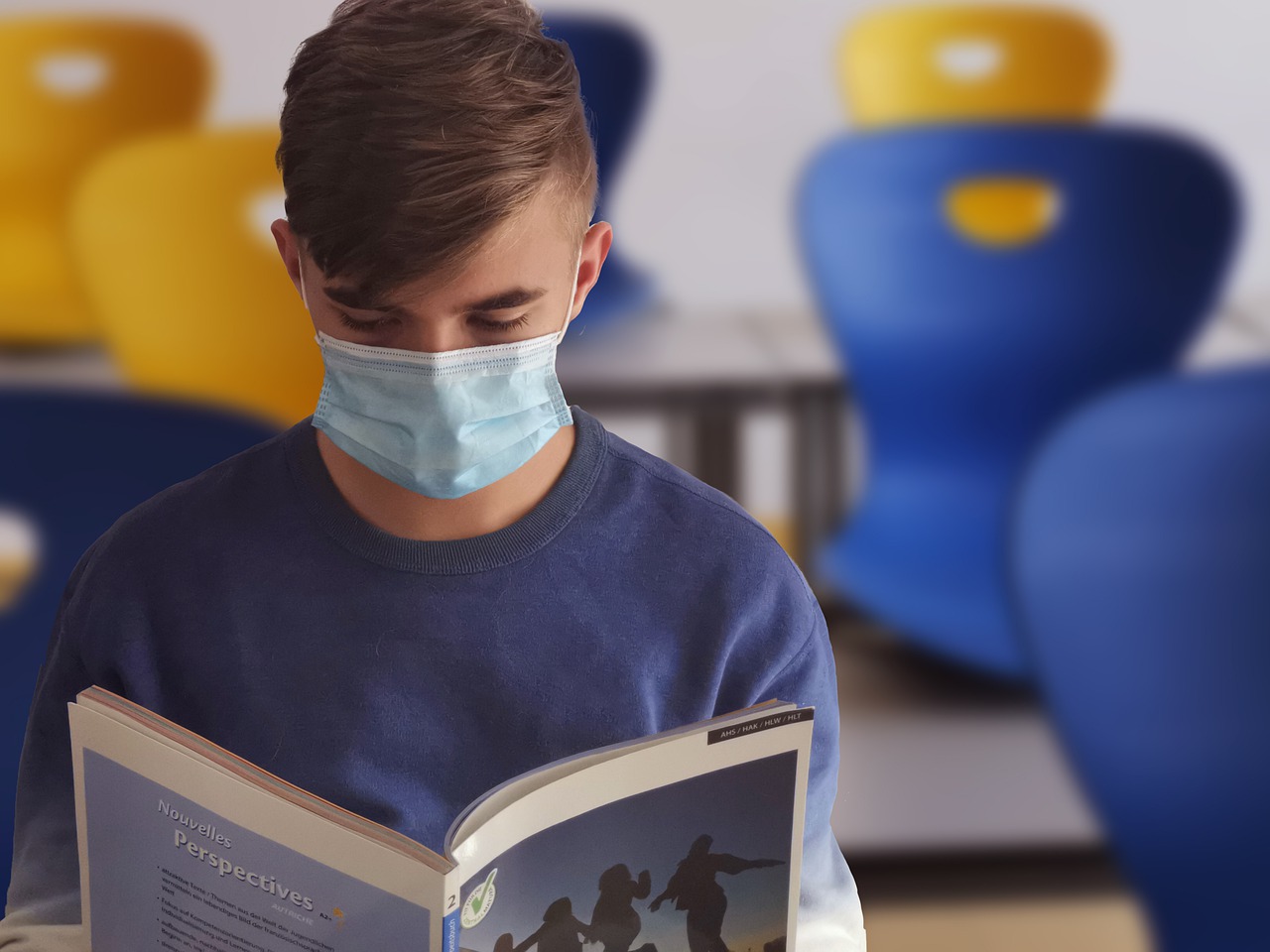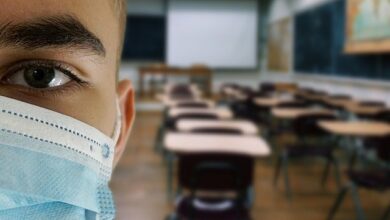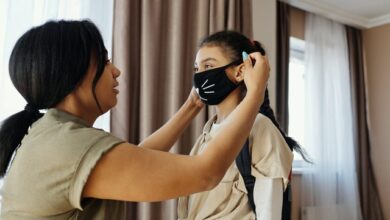Older Kids Can Spread Coronavirus, Raising Questions About Reopening School

As the debate over reopening school system rages on, there seem to be more questions than answers. When the pandemic began, it was believed that children were less susceptible to the Coronavirus. Recent research has suggested that this isn’t entirely true.
A large study in South Korea included 65,000 people. Their findings do not bode well for school, families, or the world at large. They found that the original conclusion that children were less likely to spread the virus is half true and half false. Children under 10 are less likely to spread COVID-19 than adults. However, in children ages 10 and over, there is no difference in the rate of transmission compared to adults.
Read More »Even though young children are less likely to spread the virus, it’s thought that the sheer amount of people they come into contact with could cancel out the lower rate of transmission.
To better understand this concept, we will look at a fictional example. Let’s say that an adult typically gives the virus to two out of every ten people they come into contact with. This would mean that a young child would only pass the virus to one out of ten people they encounter.
But, if a child comes into contact with 30 people in an average day, and the adult comes into contact with 10, the child would actually spread the virus to 3 people in a day versus the two of the adult.
There’s also the fact that young children are less equipped to follow the same precautions as adults. Social distancing is an easy concept for an adult to understand, but explaining to a six year old why they can’t share toys with a friend is much more difficult. This holds true for wearing masks and hand washing as well.
Why Do Older Children Spread the Virus Efficiently?
At this point, there are only educated guesses as to why those 10 and over are such efficient spreaders. The answer may lie in the behavior of the age group, and not their biology. Older children do not bear the same sense of responsibility as adults. Their personalities are still relatively self centered.
While an adult may avoid unnecessary social encounters out of caution and responsibility to slow the spread, older children and teens are much more likely to prioritize their own need for social connection over safety.
They also have less fear. An adult may take precautions out of fear for their own safety and the safety of their loved ones. An older child is much more likely to dismiss the danger and have a sense of invincibility.
Why Reopen Schools With Risk of Coronavirus Transmission?
Given the risk of children spreading coronavirus, it may look like the answer is simple. Keep school closed. However, experts believe that not opening schools could be detrimental for children, and actually put them at greater risk of harm than the virus.
A report issued by the National Academics of Science, Engineering, and Medicine states that young children and those with special needs do not learn well with distance learning. Older children are better able to learn online, but that isn’t the only issue.
Both young children and adolescents need social connection for healthy development. In years past, children who did not attend physical school had a wide range of other activities available that allowed them to socialize with peers.
With extracurricular activities like sports and even playdates on hold, most children are getting little to no social interaction outside of the home. This could be one of the biggest impacts of not re-opening schools. Schools are also in a good position to develop policies that limit the spread of COVID-19 while allowing children to form social connections, like social distancing and small class sizes.
The other major concern for parents of school children is economic. Over 11 million children in the U.S. live in food insecure households. This means if they aren’t able to eat at school, there’s a good chance they won’t be getting the nutrition they need.
While there are food delivery programs that provide meals for children in the summertime, only 16% of food insecure children actually receive them.
There’s also the complication of child care. Many working class families rely on the childcare provided by school to make ends meet. Even when schools reopen, this problem won’t completely go away.
It’s expected that some classes or schools will have to shut down and quarantine due to outbreaks, leaving parents who have returned to work at a loss as to what to do. California and other states are passing laws that will provide help to families who have to miss work due to school closures or caring for a sick family member.
President Trump
The U.S. is currently leading the world, in coronavirus cases. 25% of the global virus death toll is from the U.S. As of August 7th, there have been over 160,000 deaths from COVID-19, and nearly 5 million cases.
Despite concerns over public health, President Trump is eager for life to return to normal, including schools reopening. In a recent interview he points out that the per case death rate is lower than many other countries, once again showing the complexity of the issue.
To further complicate matters, there are questions about how statistics are calculated. The U.S. has taken the approach of declaring deaths that might have been due to COVID-19 as deaths due to the virus, while some countries have different criteria. Differences in how many people are being tested can also have a large impact on the numbers.
Simple logic says that if more people are being tested, more people will be positive. It’s difficult to know for certain exactly where the U.S. stands without uniform international reporting guidelines. For now, we must do the best we can with the numbers we have. These numbers suggest that the U.S. will be battling corona for a long time to come.
What Will the New Normal Look Like?
The recent study suggesting that older children are efficient virus spreaders complicates the already heated debate about opening schools and the economy at large. Many schools are choosing to reopen with masks and social distancing requirements. Smaller class sizes and limiting contact during lunch and recess to those within the same classroom are also being utilized.
Some districts are leaving the decision to the parents, providing the option for in person attendance or online learning. Research has shown children have a much lower risk of death from COVID-19, but this doesn’t ease fears over children contracting the virus at school and passing it to family members.
Some experts claim that unlike the flu we battle every year, it’s unlikely that children are a major factor in the spread of this disease. However, with so much left unknown, the truth is that it’s too early to tell. As schools reopen, for better or worse, we may find new answers.





